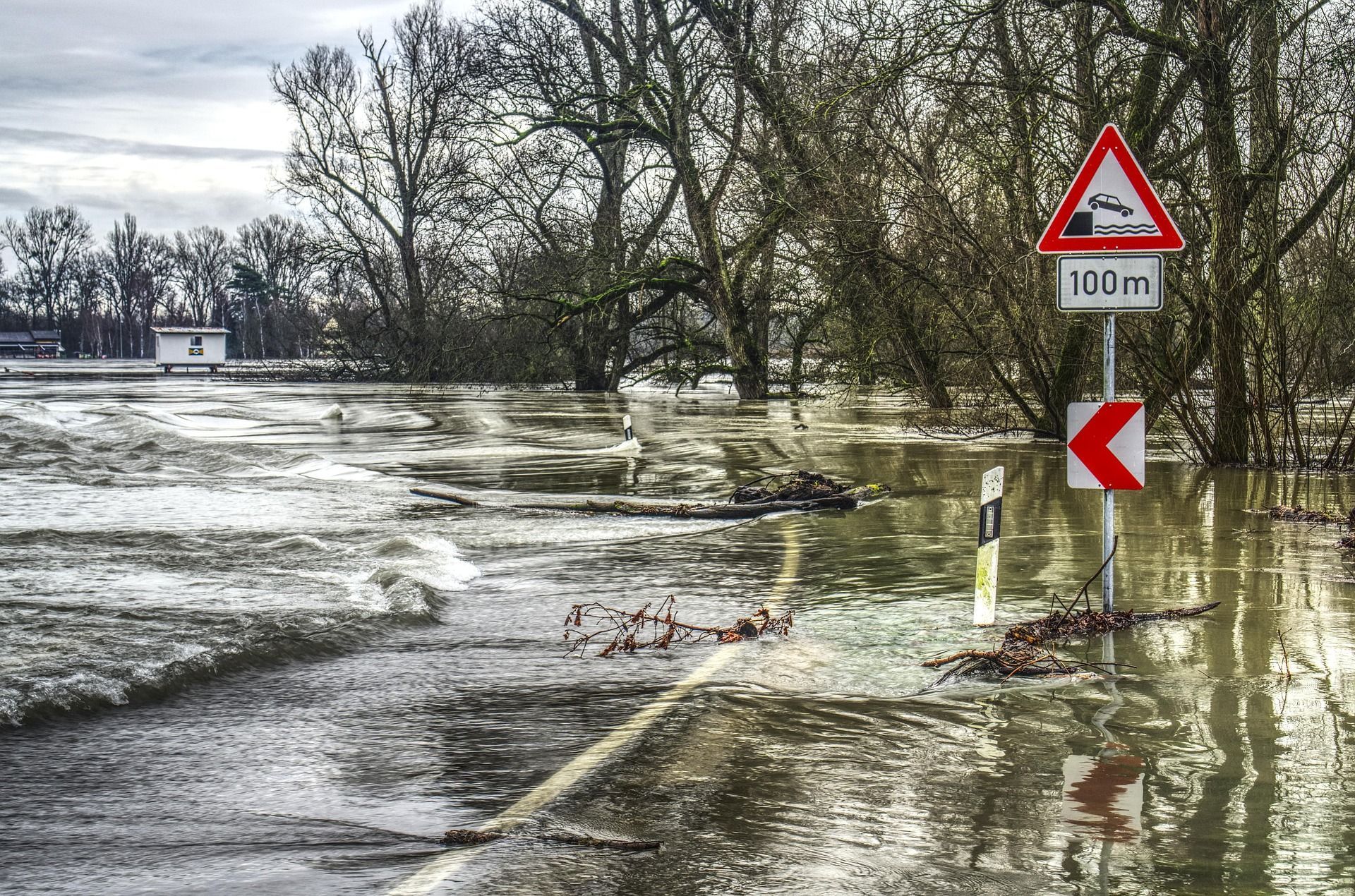Flood Insurance for Coastal Homes, Shore Houses & Inland Risks
When Rising Water Meets Reality, You Need More Than a Homeowners Policy
Floods are the most common and costly natural disaster in the U.S.—and your standard homeowners insurance won’t cover the damage. Whether you own a beach house on the Jersey Shore or live near a creek in Pennsylvania, flood insurance can protect you from financial devastation caused by water that enters your home from outside.
Robbins Insurance helps property owners across the Mid-Atlantic navigate the often-confusing world of flood coverage with clarity, honesty, and local insight.
Who Needs Flood Insurance? (It’s More Than You Think)
Most people associate flood insurance with hurricane zones or coastal homes—but floods happen far inland too. You may need flood coverage if:
You own property in a FEMA-designated flood zone
You live near rivers, lakes, creeks, or retention ponds
Your basement has ever flooded (even slightly)
You own a vacation or rental home in NJ, DE, or along the coast
Your mortgage lender requires it due to property location
You want peace of mind during hurricane season
Types of Properties We Insure
Primary residences
Secondary shore homes
Vacation rentals (Airbnb, VRBO)
Condominiums and townhouses
Investment and rental properties
Commercial buildings in flood-prone areas
Flood Insurance Coverage Basics
- Building Property – Covers the structure of your home, electrical and plumbing systems, appliances, HVAC, and more
- Personal Property – Covers furniture, clothing, electronics, and contents
- Basement Coverage – Limited but available for specific risks (we’ll explain clearly)
- Excess Flood Insurance –
Additional protection for high-value homes
We’ll walk you through National Flood Insurance Program (NFIP) options as well as private flood markets that may offer broader coverage or better pricing.
Real People. Real Advice. Real Protection.
Unlike online quote bots, we’ll actually help you understand:
- Whether your home is in a flood zone (we check FEMA maps for you)
- What deductibles make sense based on your elevation and risk
- How to layer flood insurance with your homeowners coverage
- What to expect before, during, and after a claim
- How flood zones are changing—and what that means for your property
Common Questions We Hear
“I’m not in a flood zone—do I still need coverage?”
“Can I get flood insurance without an elevation certificate?”
“What’s the difference between NFIP and private flood insurance?”
“How do I insure a vacation home by the shore?”
We’ll answer these questions with straightforward advice—and without pressure.
Why Work With Robbins Insurance?
Licensed in NJ, PA, DE, MD, VA, NC, and SC
Special experience with
shore property insurance
Flood zone review and custom risk analysis
Multi-policy discounts when bundled with home and auto
Family-owned agency with 4.9-star reviews
Fast turnaround on quotes and support during hurricane season
Service Area Highlights
We insure flood-prone properties in areas like:
- Ocean City, Wildwood, Avalon, Long Beach Island
- Cape May, Atlantic City, and surrounding Jersey Shore communities
- Willow Grove, Doylestown, and other Pennsylvania towns near waterways
- Delaware Bay, Chesapeake area, and low-lying regions in DE and MD

Flood Insurance FAQs
Q: Does homeowners insurance cover flood damage?
A: No. Standard homeowners policies do not cover flood damage caused by rising water, storm surge, or overflowing bodies of water. You need a separate flood insurance policy for that protection.
Q: Who needs flood insurance if they’re not in a high-risk zone?
A: Everyone. One-third of all flood claims come from properties in low-to-moderate-risk zones. If you live near a creek, pond, or poorly draining street—or if heavy rain has ever caused basement seepage—you’re at risk.
Q: What’s the difference between NFIP and private flood insurance?
A: NFIP (National Flood Insurance Program) is backed by FEMA with set coverage limits and rates. Private flood insurance may offer higher limits, faster claims handling, and additional options. We’ll help you compare both.
Q: How do I know if my property is in a flood zone?
A: We’ll check FEMA flood maps for you, review your elevation, and explain whether you're in a Special Flood Hazard Area. Some mortgage lenders require flood insurance based on these designations.
Q: Can I get flood insurance for my rental or shore property?
A: Yes. We offer flood coverage for vacation homes, Airbnbs, secondary residences, and long-term rentals across NJ, PA, and nearby states. Rates depend on usage, location, and flood zone.
Q: How much flood insurance do I need?
A: It depends on your home’s rebuild value and contents. NFIP policies cover up to $250,000 for the building and $100,000 for contents, but higher limits are available through private insurers.
Q: What’s covered in a typical flood insurance policy?
A: Coverage includes structural damage, appliances, HVAC systems, electrical and plumbing, flooring, and sometimes personal belongings. Basements have limited coverage under NFIP rules, but private carriers may expand this.
Q: Is there a waiting period for flood insurance to take effect?
A: Yes. NFIP policies usually have a 30-day waiting period, while some private carriers offer coverage in as little as 10–15 days. Don’t wait for a storm to be forecasted—plan ahead.

